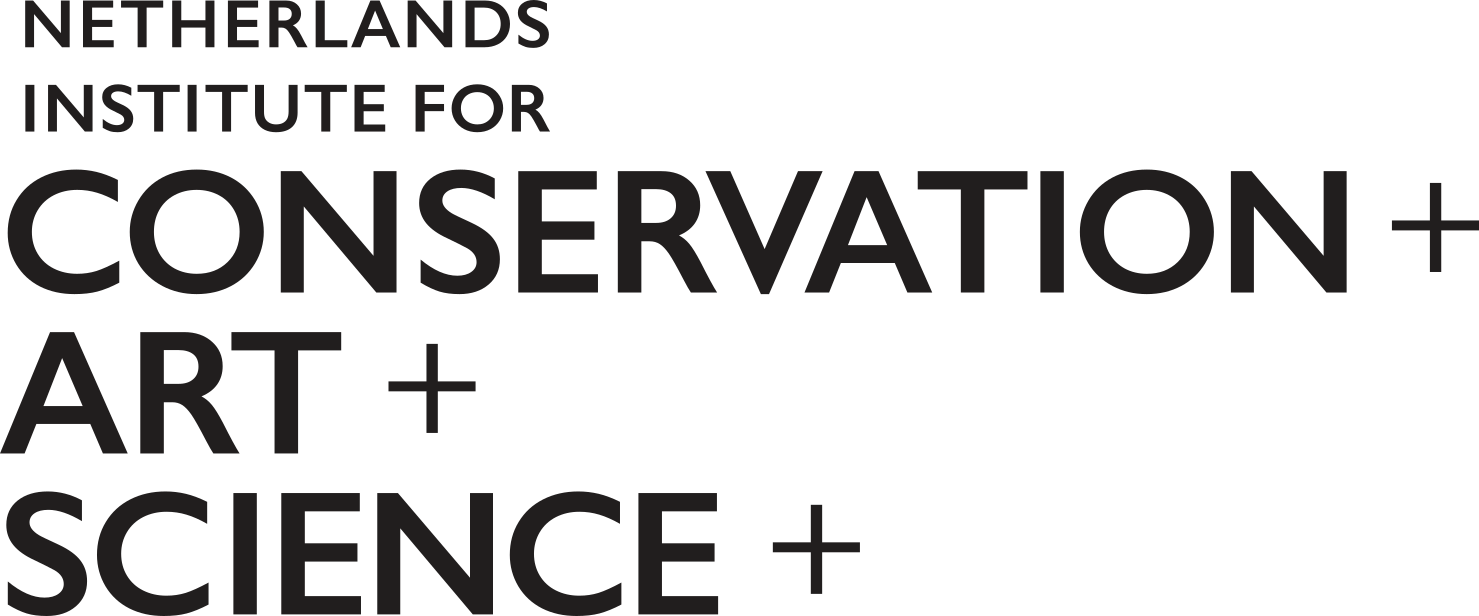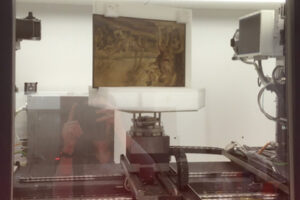NWO awards three research projects within the call ‘An Integrated Approach to the Scientific Study and Conservation of Art – Tracing change (NICAS)’. The researchers are working in different ways to develop integrated knowledge for better conservation of art objects. In total, the projects will receive more than 1.42 million euros from NWO.
The topics of the awarded projects vary and include a variety of research goals:
- studying oil paintings in Dutch historic interiors with little climate-control, and designing model systems that are very sensitive to climate fluctuations (PREPARE);
- Enhancing the study and preservation of historical paintings using non-invasive, low-dose 3D X-ray imaging (FLEXART);
- (Re)discovering the development and changes of black woollens quality standards in the 18th-century Leiden’s staalmeesters sample books (Black magic).
Understanding manufacturing and change processes
Cultural heritage is an indispensable source of information about societies. It can offer unexpected insights into our history and identity. Art and cultural heritage connect people to the past and to each other. The aim of the call ‘An Integrated Approach to the Scientific Study and Conservation of Art – Tracing change’ is to strive for a full understanding of:
- the creation processes of objects and their original appearance;
- the processes that take place in the objects over time and through which they change, in order to preserve them optimally for future generations.
The call ‘An Integrated Approach to the Scientific Study and Conservation of Art – Tracing change’ falls within the research programme Netherlands Institute for Conservation+Art+Science+ (NICAS). The NICAS research agenda puts the biography of the cultural heritage object central: from the moment it was conceived and made, through its existence, and into the projected future. In this biography, the concept of ‘change’ is of central importance, and that is the main focus of the call.
- PREservation of PAintings in sustainable furuRE (PREPARE)
Material Dynamics, Conservation
Dr J.J. (Joen) Hermans, University of Amsterdam
Like all of us, museums are faced with the need to reduce energy consumption. Widening indoor climate tolerances would have a big impact, but scientific support to do so safely is currently lacking. The PREPARE project addresses this urgent issue by studying oil paintings in Dutch historic interiors with little climate-control, and by designing model systems that are very sensitive to climate fluctuations. This combined approach allows finding the root cause of climate-induced mechanical failure in paintings. Moreover, the project will yield low-tech monitoring protocols for chemical early-warning sign detection and a risk classification of paint materials and climate conditions.



